If you’re in the market to replace your house’s exterior, you have lots of options to consider. This article offers a brief survey of the top 10 siding materials, their pros and cons, and an estimated installation price.
Vinyl Siding
Vinyl siding is the most common house siding in Canada, used in nearly 30% of all exterior renovations. Vinyl siding is made from polyvinyl chloride (PVC) plastic, blended with pigment to give it colour, and acrylics are added for strength and fade protection. Most vinyl panels are textured like rough-hewn wood siding, but smooth panels are also available.
Installation cost
$6 to $13.50 per square foot.
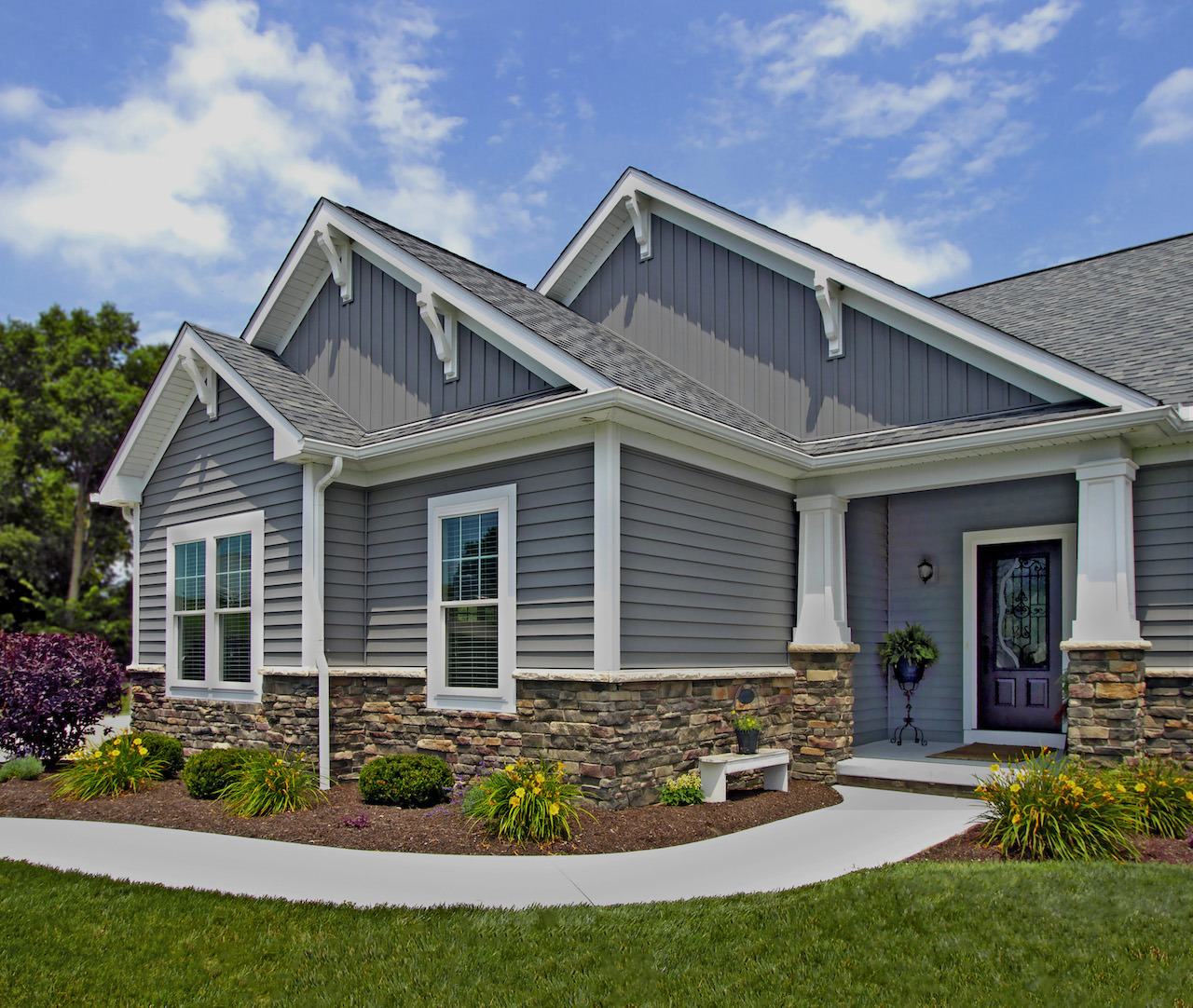
Pros
- Low cost
- Easily lasts 30 to 40 years
- Many style options:
- Horizontal panels made to look like wood boards in Dutch lap, beaded and clapboard styles
- Vertical panels in board & batten and flat styles
- Architectural panels like wood shingle and shake siding
- Colour options from white to deep browns and dark grays
- Light and easy to install
- Lightly power wash to remove dust and dirt
Cons
- Lacks the aesthetics of natural wood, stone and brick veneer
- Although it’s recyclable, it mostly ends up in landfills after use
- Warping, cracking and water penetration are frequent problems with bad installation
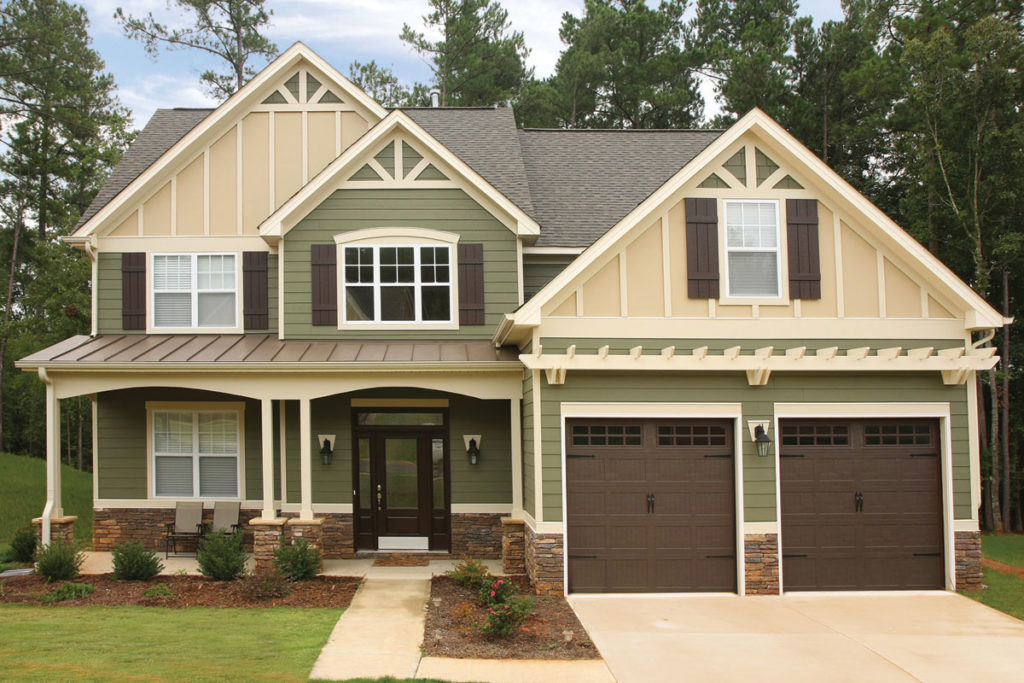
Fibre Cement Siding
While vinyl is still the most popular, a growing number of homeowners are switching to fibre cement for a siding option with a better value. The new kinds of fibre cement siding are attractively embossed to resemble wood, stone, brick or stucco.
Fibre cement is a combination of Portland cement, wood pulp and fly ash or sand. Planks and panels come unfinished, factory primed, or painted.
Installation cost
$8.50 to $13.50 per square foot.
Pros
- Lasts 40-60 years with proper maintenance
- Factory coatings last up to 15 years
- Lifetime cost is comparable to vinyl
- With regular painting it resists hail impact, won’t burn and isn’t harmed by moisture
- Environmentally friendly: uses recycled wood, can be recycled and doesn’t contain harmful materials
Cons
- Must be repainted every 3 to 7 years, depending on your climate
- Paint and caulk on seams must be kept fresh to resist moisture
- Installation cost is higher than vinyl
Aluminum Siding
At one time, the demand for aluminum siding was almost completely replaced by vinyl. Today, aluminum is making a comeback because of its durability and “green” characteristics.
Aluminum siding is available in easy-to-install lightweight panels that come in the same styles as vinyl, though in fewer colours.
Installation cost
$7.50 to $9.50 per square foot.
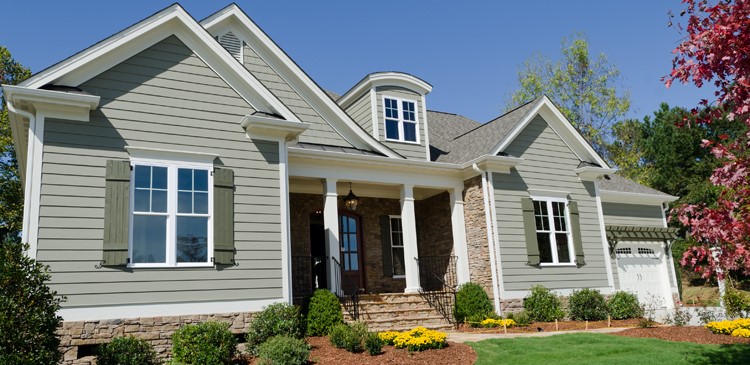
Pros
- Horizontal and vertical panels in rustic, traditional and contemporary styles
- Corrosion-free
- Needs occasional washing
- Made with mostly recycled content and is recyclable
- Initial cost is lower than many materials
- Lifetime cost over 30-40 years equal to or lower than vinyl
Cons
- Easy to dent and scratch
- Distinctly metal appearance
- Coatings can be chalky after 10 to 15 years
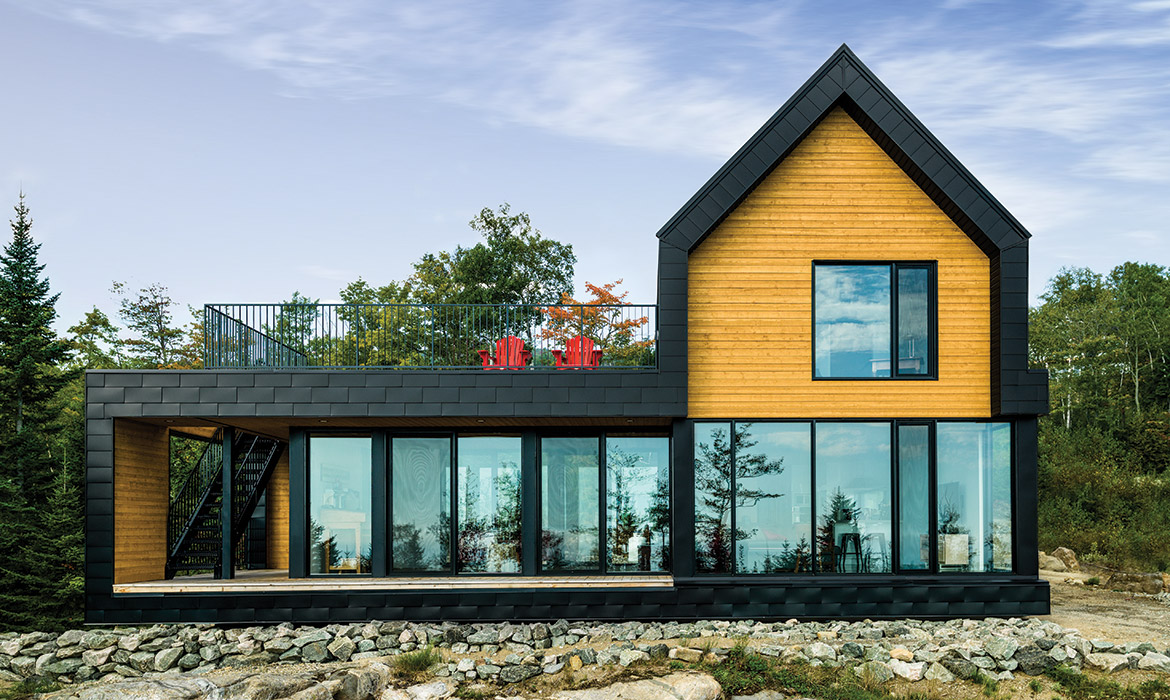
Natural Wood Siding
Wood is a common siding choice that suits most house styles. Lower-cost siding is made from fir, spruce, and pine, while higher-cost cedar shake and redwood siding are also available. Wood siding can be stained or sealed to showcase the natural beauty, or it can be painted.
Installation cost
$2 to $8 per square foot.
Pros
- Beautiful and natural
- Mostly very affordable
- Can last indefinitely when properly maintained
- Available in vertical and horizontal siding, many widths and styles
Cons
- Must be stained or painted every 5-10 years
- When not sealed, moisture will cause rot
- Insects and woodpeckers are drawn to wood
- Wood burns easily
Engineered Wood Siding
Similar to fibre cement’s increased popularity, some homeowners are switching from vinyl to engineered wood (composite wood/manufactured wood). It costs less than real wood but doesn’t last as long.
Engineered siding is made from wood fibres or strands coated with wax for waterproofing and comes in planks, panels and shakes. It can be textured to look like wood grain or left smooth and is either primed or factory-finished.
Installation cost
$12 to $14.50 per square foot.
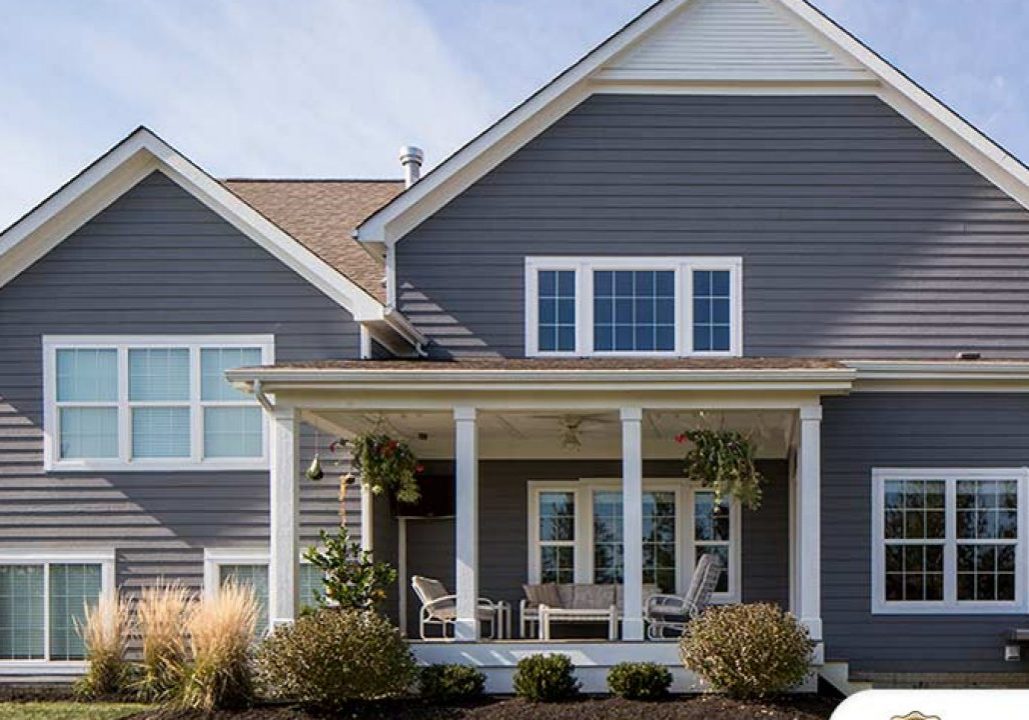
Pros
- After vinyl, one of the cheapest sidings
- Look more like natural wood than vinyl or aluminum
- Impact resistance is better than aluminum and fibre cement
- Recycled content in most composite wood
- Warranties up to 50 years are offered, prorated immediately or after 5-10 years
Cons
- Must be painted regularly
- Will absorb water if weatherproof layer is penetrated
- Shorter lifespan than genuine wood
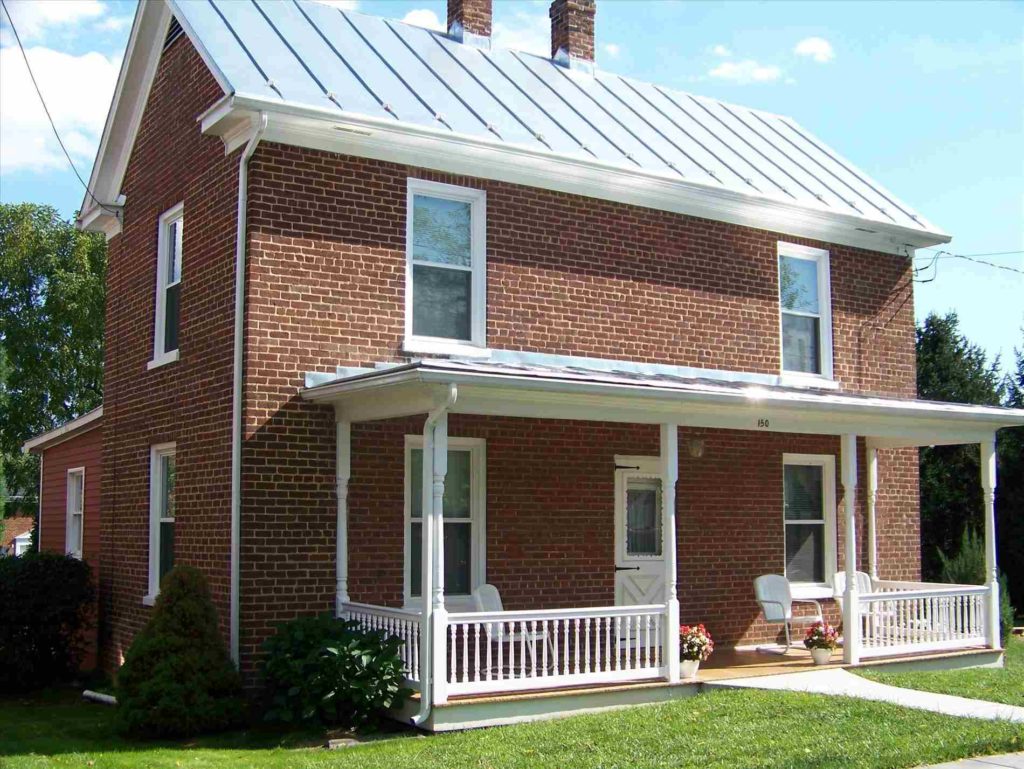
Brick Siding
Brick is a traditional siding with many advantages and can last hundreds of years. Bricks are normally sealed to prevent deterioration from moisture getting in.
Installation cost
$5 to $15 per square foot.
Pros
- Genuine brick is beautiful
- Can be used as the sole siding or complementary to wood, stucco or vinyl
- Lasts 300+ years
- Resists weather, insects, and fire
- Many colour options
Cons
- Second most expensive siding
- Keeping it sealed is important
- Footing support is needed
Brick Veneer Siding
Brick veneer offers many of the benefits of traditional brick, but at a much lower cost. Brick veneer is made by cutting full bricks to veneer thickness or pressing clay into moulds to form panels several feet wide and high.
Pros
- Looks like traditional brick
- Many colour options
- Resists weather and fire
- Cost is much less than genuine brick
- Lasts 40-50 years
Cons
- Poor installation can cause moisture to be trapped behind the veneer
- Doesn’t last as long as genuine brick
- Must be sealed to keep out moisture
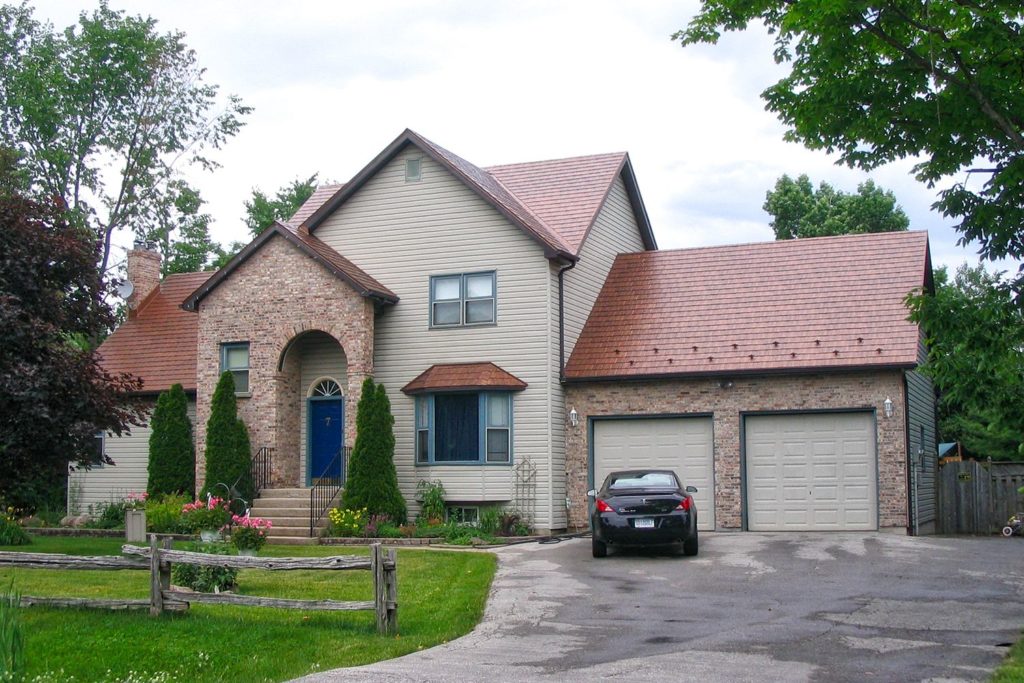
Installation cost
$7 to $16.50 per square foot.
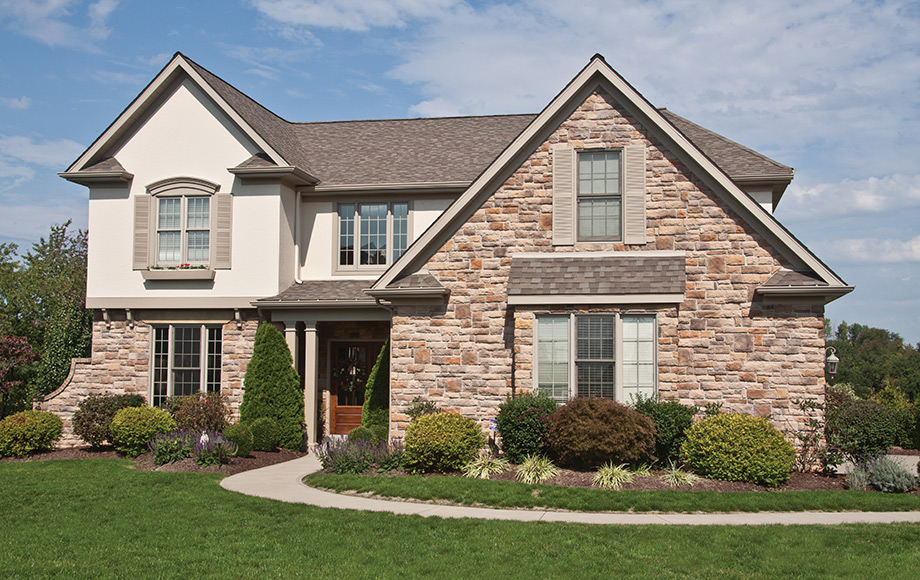
Genuine Stone Siding
Stone is a high-end siding with permanence and a natural look. It can be used on its own or in combination with wood, stucco and other siding types. Many kinds of stone are available, and each has a unique appearance.
Stone requires a foundation that is wide enough to support its weight and is usually used in new construction because retrofitting a home is very expensive.
Installation cost
$15 to $30 per square foot. The foundation cost increases by up to 35%.
Pros
- Stone is beautiful
- Many options: fieldstone, ledgestone, riverstone, granite, slate, limestone, colonial wallstone, etc.
- Most resilient form of siding: won’t burn, resists impact and insects, weatherproof
- Lasts for centuries with minimal maintenance
- 100-year cost is low
Cons
- Upfront cost is the most expensive of any siding
- Foundation must be wider than standard
- Need to prevent moisture being trapped behind it
Stone Veneer Siding
Stone veneer (manufactured stone/faux stone) is a mix of lightweight concrete, polymer resin and pigments. It comes as individual faux stones and panels of stones. It can be used on its own or in combination with wood, vinyl and other siding types.
Installation cost
$10.50 to $17.50 per square foot.
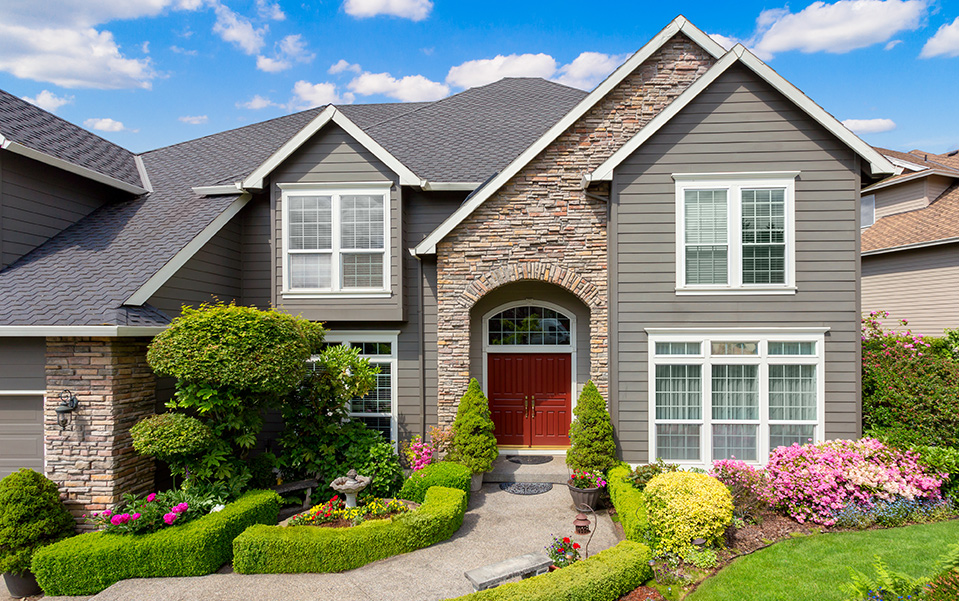
Pros
- Benefits of real stone but for much lower cost
- Resistant to weather and fire
- Replicates the look of most natural stone siding types
- Lasts 40-50 years
- Recyclable
- Doesn’t require foundation support
- Highest return on investment of any siding type or home upgrade
Cons
- Appearance varies
- Need to prevent moisture being trapped behind it
- Freeze/thaw cycles can damage if moisture gets into the veneer
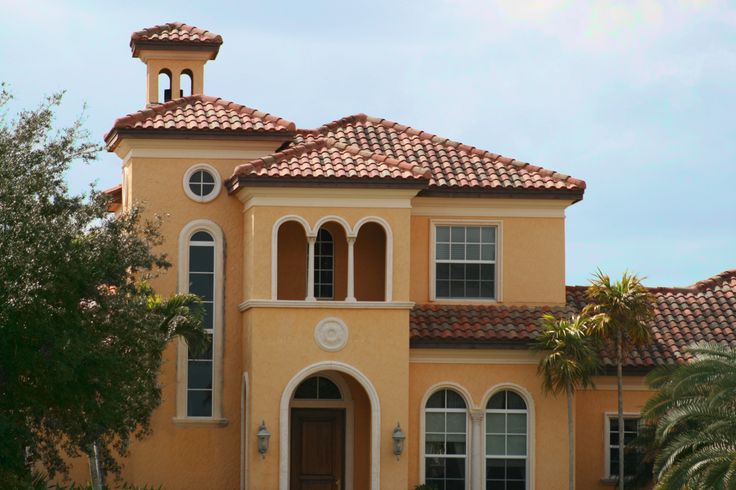
Genuine Stucco Siding
Stucco is a popular siding option that lasts centuries when done right. Made from a combination of Portland cement, limestone and sand, full stucco or a blend of stucco with other siding types are common in warm climates.
Installation cost
$8.50 to $15.50 per square foot.
Pros
- A classic and versatile appearance
- Durable and resistant to fire, insects and bad weather
- Costs less than brick and stone
- Various textures can be applied
Cons
- Need to prevent moisture being trapped behind it
- Not a good cold-weather siding
- Absorbs water and should be painted or sealed every 4-8 years.
The House
Explore the different components of the house.

